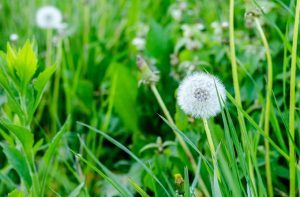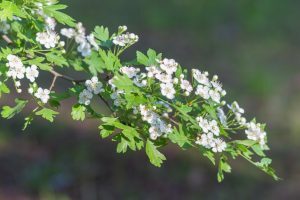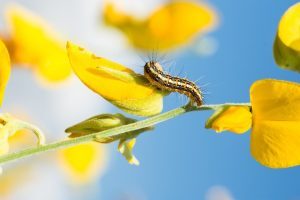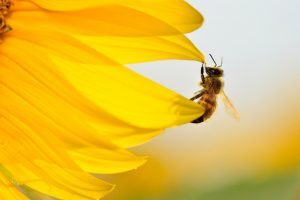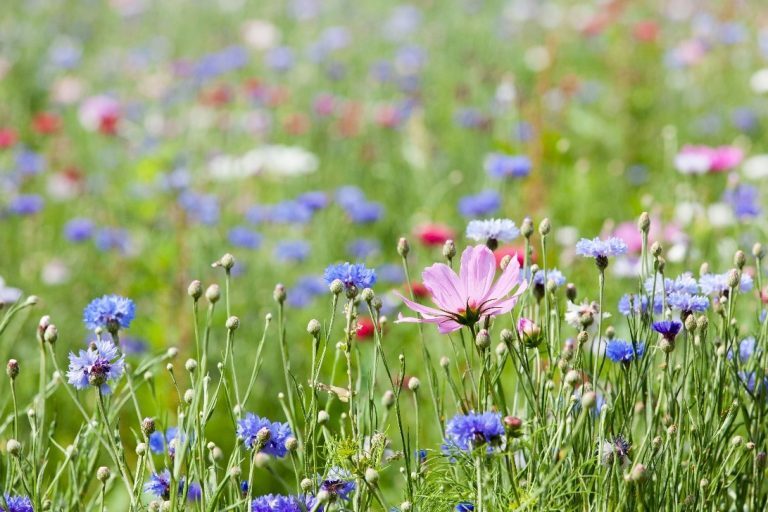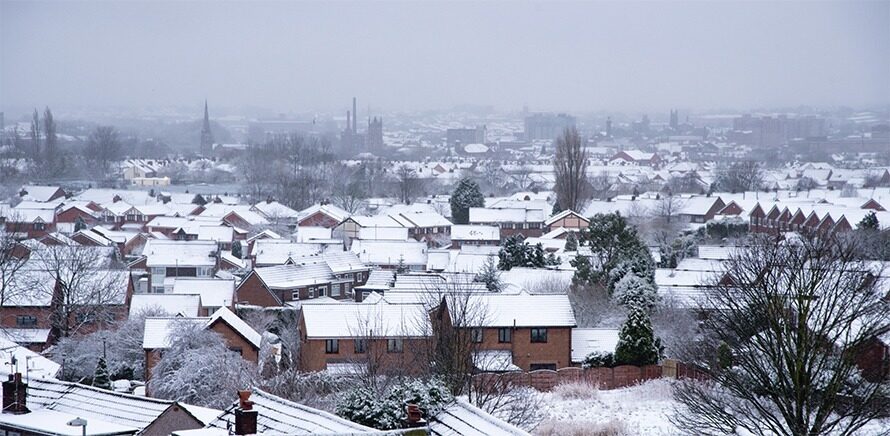Planting for pollinators is important on many grounds, so we caught up with our Conservation and Education Development Manager, John Pemberton, to find out some advice for planting pollinators at home.
Firstly our pollinators are declining and any help gardeners can give them is worthwhile, secondly many of our pollinators are loved in their own right, the seemingly lackadaisical but actually hugely industrious bumblebee seemingly pottering around plant to plant or the elegant butterflies bringing the air to life midsummer hold a place many people’s hearts. Thirdly gardeners (and farmers) need pollinators to, well, pollinate.
There is a vast array of taxa which are important to pollination beyond the usual suspects. Species like the hoverflies, many beetles, solitary bees, bee flies, daytime and night time flying moths are also important for pollination of many plants. Generally speaking, though if you get it right for bees and butterflies you’ll be on the right lines for the rest.
Planting for pollinators may seem straightforward as all flowering plants produce pollen, don’t they? Unfortunately, it isn’t always that simple but it also doesn’t need to be complicated and there are some golden rules which can easily followed to make your garden pollinator friendly.

